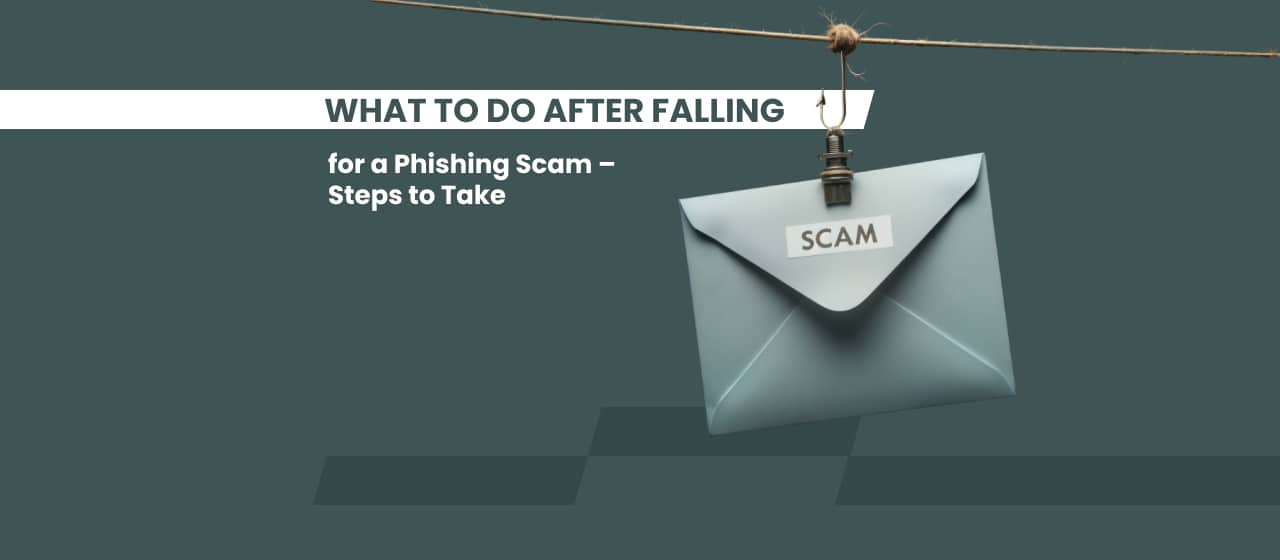How to Get a Restraining Order in Rhode Island?
If you reside in Rhode Island, have been threatened or abused, and need a way to protect yourself, a restraining order is your best first move. Restraining orders are protective orders enforced by the court to protect a person from abuse. Sometimes due to unavoidable circumstances, people might need help knowing what steps to take to gain one. This blog will discuss how to get a restraining order in Rhode Island and what you can expect once you obtain one.
What Are the Grounds for a Restraining Order in Rhode Island?
Any abuse calls for a restraining order. The abuse includes physical or sexual abuse, threats of violence, or stalking. Here are some examples of threats that are grounds for a restraining order in Rhode Island.
- attempts to cause or causes you physical harm (with or without a weapon).
- places you in fear of immediate serious physical harm (including threatening you with a weapon).
- causes you to have sexual relations against your will by force, the threat of force, or duress (coercion);
- stalks you – stalking is defined as either:
- harassment (behaving or acting in a way that intends to seriously alarm, annoy, or bother you and which serves no legitimate (valid) purpose. Their actions must reasonably cause you to suffer substantial emotional distress or to be in fear of bodily injury); or
- maliciously and repeatedly following you with the intent to place you in reasonable fear of bodily injury, or
- cyberstalks you (sends any communication by computer to you for the sole purpose of harassing you or your family).
In addition, a domestic abuse restraining order can be granted in family court on behalf of a minor child who is sexually exploited by anyone, regardless of their relationship with the child.
How to Get a Restraining Order in Rhode Island?
Obtaining a restraining order in Rhode Island shouldn’t be a hassle. Here is a step-by-step guide to getting that protective order.
Step 1: Obtain forms
You will go to the district or family court, depending on which type of restraining order you are trying to obtain. Family court deals with victims and their minor children that family members have abused. District court deals with victims and their minor children who have been abused by individuals who are not family. Once there, you can obtain the necessary documents from the clerk.
Step 2: Fill out forms
The forms will ask you to describe the type of abuse you are experiencing. It’s critical to be specific and use descriptive words such as punching, kicking, etc. You should also include dates and times when these occasions occurred. You must also describe your abuser and provide a recent address for these forms to be served by an officer.
Step 3: Reviewal of the application
The judge will then review your application and decide whether or not you need a temporary restraining order (TRO), depending on if you or your child are in immediate danger. The judge will then schedule a hearing for a final ruling. Hearings are estimated to be scheduled within 21 days.
Step 4: Hearing
This is when a final decision is made regarding obtaining a final or permanent restraining order. Victims must be in court; if not, their temporary restraining order will end. If the abuse is not present, the judge can still order a final restraining order if there is proof that the abuser was served with the hearing documents, also known as the “return of service” form.
How Long Does a No-Contact Order Last in Rhode Island?
No-contact orders do not have to be filed by the victim. Once an abuser is arrested for domestic violence, the judge can inflict a no-contact order during the arraignment. This order prohibits the aggressor from having any contact with the victim.
The no-order will last until the case is dismissed or until the abuser’s sentencing or penalty is over. For example, if the abuser receives a 2-year probation, the no-contact order will end once the probation period has ended.
Conclusions
While it may appear overwhelming to get a restraining order in Rhode Island, protecting your safety and emotional well-being is vital. You should always report any abuse that you face, take steps to protect yourself legally, and do research to learn about local laws. If you are located in Rhode Island and have experienced mistreatment or potential for danger, you must take action and get a restraining order.
Do not hesitate to take the necessary steps to receive this protection – many support systems and resources can help. Lastly and most importantly, keep yourself safe and advocate for your benefit! Learn more about how to get a restraining order in Rhode Island today so you can start feeling secure again.
Don’t leave money on the table, hire our Forensic Accountants for your divorce.







